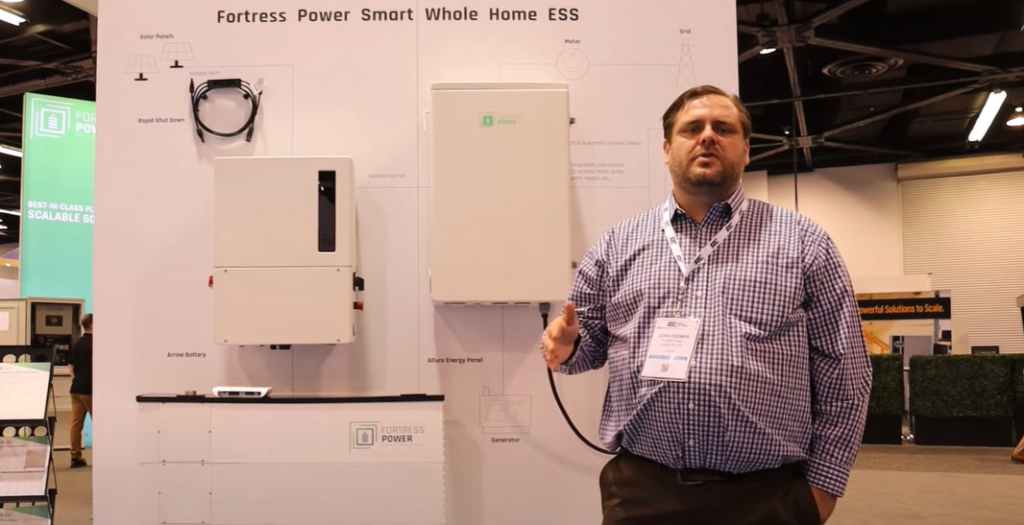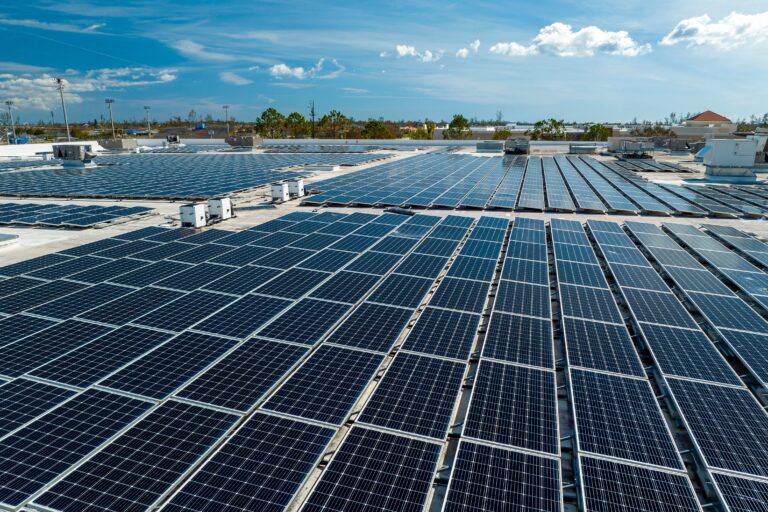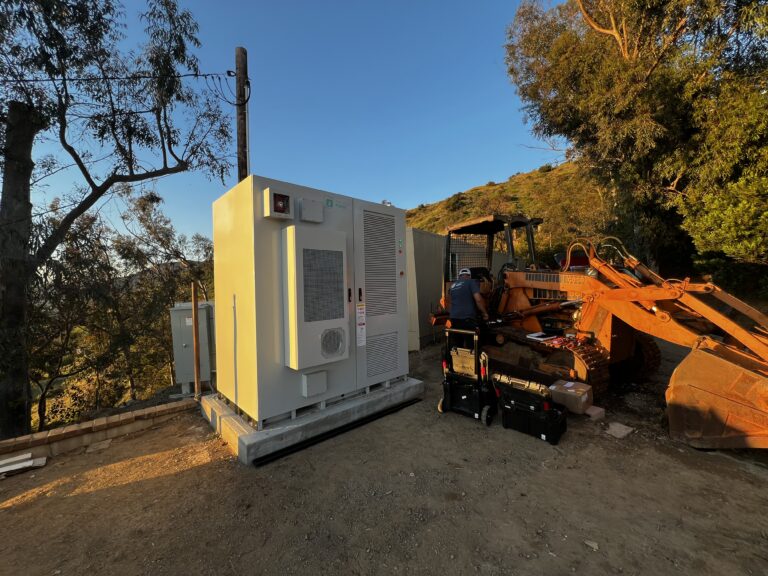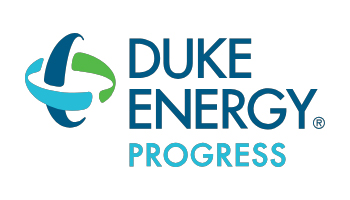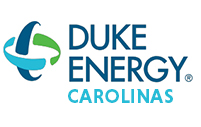At RE+ 2022 (formerly SPI) Conference in Anaheim, CA, Fortress Power’s Director of Product, John Cromer, introduced the industry to a number of Fortress Power products that will be available starting in 2023.
The crown jewel is the High Voltage ESS, a smart, whole-home backup solution for energy storage, monitoring, and controls. The High Voltage ESS consists of numerous elements, which Cromer describes in detail.
Fortress Arrow High-Voltage (HV) Battery
The first thing to notice about the Arrow Battery is its ultra-thin profile, allowing for easy maneuverability and storage.
The Arrow can fit against the side of a building when stored outdoors, or in the crook of a garage door if able to store indoors. But the battery’s ‘stack-ability’ may be its most attractive feature from a size perspective.
Each battery ‘brick’ ships individually, making it possible to fit a 15-kWh battery into the back seat of an automobile. “If it can fit inside a sedan, imagine how easily this will move in and out of work vehicles?” reasoned Cromer.
Designed for outdoor use in cold-weather environments, Arrow’s integrated heaters keep the battery warm during the approaching winter months.
While conventional industry wisdom says lithium can approach freezing temperatures, it’s not ideal for the battery to operate continually in such conditions.
At the same time, passive cooling removes excess heat from the battery in warmer climates.
An IP 65 casing protects the Arrow from salt water, high corrosion, and other trying conditions and elements.
But we’ve saved the best news about Arrow for last.
The High-Voltage Residential Battery Storage Era
“The Arrow battery is heralding in the age of high-voltage residential battery storage,” said Cromer.
Most current residential products utilize 48-volt platforms. But with voltage more affordable than amperage, the need for greater voltage highlights the stackable nature of the Arrow, allowing the user to stack additional bricks to fulfill their amperage needs.
Along with a high-voltage battery comes a high-voltage inverter – again, a more cost-effective solution when compared to the 48-volt version.
That’s because this inverter comes with 4 MPPT (Maximum Power Point Tracking), allowing completely independent shade management, simplifying the rapid shutdown system, and decreasing the number of parts necessary on the rooftop.
It all adds up to a better allocation of financial resources – cost effectiveness allowing for more batteries, added resilience, and greater independence from the grid.
“When it comes down to it, that’s in line with what the customer actually wants from a solar battery system,” Cromer summarized.
Allure Energy Panel
“This is what goes between the grid and the home,” said Cromer.
With an energy distribution panel for interconnection of battery inverters and management of onsite power generation sources, power stays at 200A regardless of whether that power comes from the grid or the system itself.
AC + DC-coupled solar and battery inverters, generators, electric vehicle chargers – they all plug into the Allure.
The automatic transfer switch allows the Allure Energy Panel to disconnect the home from the grid during a power outage, eliminating the need to back-feed the grid.
When the grid is online, 200A grid passthrough gives the customer access to their accustomed quantity of grid power.
Smart Load Management
The 12-circuit load controller allows the user to take into consideration the onsite power conditions in using various devices as much as possible without the need to sacrifice.
“Let’s face it – customers don’t want to know how the system operates,” said Cromer. “They don’t want to think about how the inverter works or any other technical specifications.
“When the power goes out, they want the home backed up so they can power anything they want without sacrifice.”
The only path to fulfilling those requests in a cost-effective manner is a transition to high voltage. The price for a 10 kW, 48-volt inverter will afford you 20 kW of high-voltage capacity.
This fundamental design shift is coming to the industry as soon as 2023, led by Fortress Power’s High Voltage ESS.
The Guardian
Coming before the end of 2022 is the Guardian.
“We have very high hopes and ambitions for the Guardian – not just for monitoring, but as a control system,” said Cromer.
The Guardian will be compatible with the eFlex and eVault Max at launch, as well as the LFP-10 Max in Latin American markets.
Users can remotely update battery firmware, submit support tickets, chat live with technical support, complete warranty submissions, and securely share installation and monitoring data directly with support engineers.
“It’s a monitor that allows you to get details at the battery level, but it will enable easier inverter programming in the years to come,” said Cromer.

